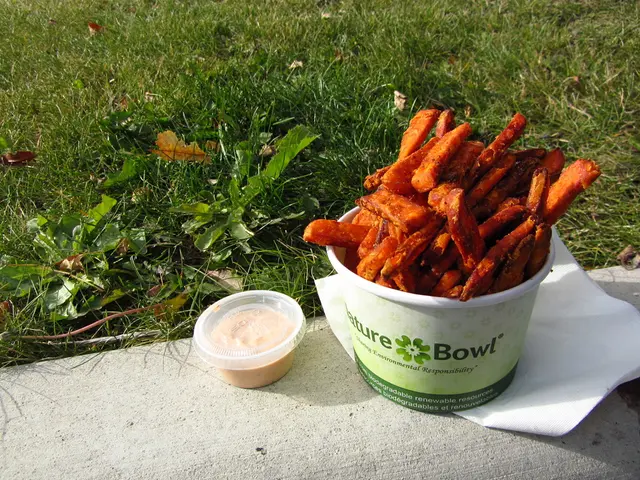Seven walking techniques for individuals dealing with Parkinson's disease
Struggling to stroll? You're not alone, mate! Plenty of folks with Parkinson's are in the same boat – and many of them haven't even heard about the tricks to make walking a breeze! That's according to a new study, anyway.
Researchers dug deep, polling over four thousand Parkinson's warriors who've got their gait all scrambled up. From shuffling to freezing, the lot of 'em was struggling to keep up. But guess what? They're not just twiddling their thumbs, waiting for a miracle – they're inventing their own workarounds to keep life ticking over!
Sound familiar? You might be making "detours" of your own, like timing your moves to a metronome or counting in your head. That's called internal cueing, mate, and it's just one of the seven strategies that folks with Parkinson's rely on. Not the one that's most well-known, though – internal cueing is all the way down the list at number three, after traps like using a walking aid, or listening to a metronome (external cueing).
Here's the lowdown on all seven strategies:
- Internal cueing, like walking to a count in your head
- External cueing, like walking in rhythm to a metronome
- Changing the balance requirement, like making wider turns
- Altering mental state, which includes relaxation techniques
- Action observation and motor imagery, which includes watching another person walk
- Adapting a new walking pattern, like jumping or walking backwards
- Other forms of using the legs, like bicycling and crawling
So, where are you at? Have you tried all seven? No? Then if you want to kick up your gait game, give 'em a whirl, mate! You never know – one of them might just make you feel like you're walking on air again.
But here's the kicker – even though these strategies can be life-changing, lots of folks with Parkinson's aren't even aware they exist! That's right – as many as one in five haven't given any of them a go. Sheesh!
So, what's the solution, then? Well, the researchers reckon it's time to spread the word – and fast! They're recommending an online education platform to get the ball rolling, so that everyone with Parkinson's can find the strategy that works best for them.
But let's not forget – it's not all about the strategies. For some folks, tweaking their home or community environment, like removing clutter or making pathways wider, can make a massive difference. And if all else fails, there's always the old faithful – a sturdy cane or walker to lend a hand.
In the end, it's all about finding what works for you, mate. And who knows? You just might stumble upon a trick or two that changes everything. So don't give up hope – keep on keeping on, and you'll get there in the end!
Sources:
- American Academy of Neurology Journals
- Life Would be a Lot Tougher Without Parkinson's NSW
- Excessive Daytime Sleepiness
- Useful Resources on Driving Safely as we Age
- In the world of neurology, understanding the strategies employed by individuals with Parkinson's in managing chronic diseases like theirs is crucial for health and wellness, revealing methods that may even benefit mental health and fitness and exercise.
- It's astounding that despite the existence of various strategies to improve gait in individuals with Parkinson's, a significant number remain unaware of these strategies, leaving them potentially missing out on effective solutions for their medical-conditions.
- The research indicates that incorporating strategies such as internal cueing, external cueing, altering mental state, action observation and motor imagery, adapting new walking patterns, and using other forms of leg activity can significantly enhance a person's fitness and exercise, contributing to overall health-and-wellness.
- To tackle this problem, there's a call for increased nutrition in the form of education on these strategies, with experts advocating for online platforms to help individuals with Parkinson's discover the strategies that best suit their needs, ultimately improving their quality of life.








